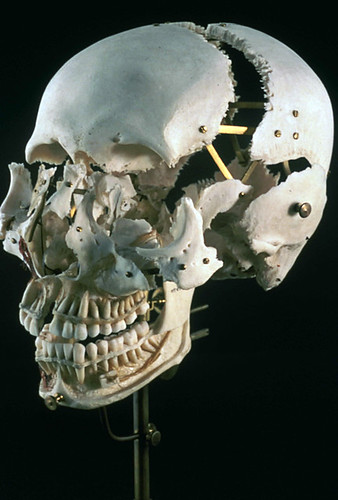Curatorial Records: Numbered Correspondence 1094
War Department,
Surgeon General’s Office,
U.S. Army Medical Museum and Library,
Corner 7th and B Streets S.W.,
Washington, D.C., December 13, 1895
Dr. J.S. Billings,
Laboratory of Hygiene,
University of Pennsylvania,
34th and Locust Sts.,
West Philadelphia, Pa.
Dear Dr. Billings:
I herewith enclose a letter received this day from Mr. Wm. S. Bonwill, of Philadelphia, in regard to a collection of his inventions in medical and dental surgery.
Will you kindly read the letter and return it to me with any information you may have regarding the man or his offer.
Very sincerely yours,
D.L. Huntington
Deputy Surgeon General, U.S. Army,
In charge of Museum and Library Division.
My dear Dr Huntington
Dr Bonwill is a very ingenious dentist who has invented a number of instruments and devices. The best known of which is the “Dental Engine” which every dentist uses. His is somewhat cranky and appreciates himself highly. I would suggest a polite reply delivering thanks, and saying that this will be a valuable addition etc. etc.
Very truly yours
JS Billings.







